How Artist Aloud has found success beyond mainstream content
Artist Aloud, a platform by Hungama that supports and promotes independent content, celebrated its 10th anniversary in January 2020. Over the last 10 years Artist Aloud has been promoting, distributing and managing independent artists across the globe. It has become a one-stop destination for commercial independent content across languages, genres and talent.
Adgully spoke to Soumini Sridhara Paul, Vice President, Hungama Digital Media, who elaborated on the Artist Aloud platform completing 10 years in the industry as well as future plans for growth of the platform.
Please take us through the 10-year journey of Artist Aloud. What have been the major milestones?
One of our first milestones was to launch a platform that people didn’t believe had a business opportunity. Especially, after the Indie scene, there was such calmness; it was almost 8 to 10 years. Expanding our artist pool, we later came up with an offering for artists where they could have control of their music, their content, own the rights and just give a license for distribution. This concept itself was a big turning point from an industry perspective. Besides this, we’ve had several other landmarks – we’ve been fundamental in pioneering formats like online concerts, the webcert doing an Independent Music Award to felicitating independent artists, among others. We were the first ones to initiate the format after Channel [v], with regards to the World Music Day, where we partnered with Hard Rock Café.
We have a strong partnership with leading brands, creating a robust presence our platform for across the globe. Hence, it has been a personal as well an industry milestone. The year 2019 was a huge breakthrough for us, when one of the biggest independent artists in the market, Emiway Bantai, decided to be a part of our platform and released his content through us. In addition, we bagged the deal of No. 1 Yaari Jam project with Diageo. This major deal was a manifestation of a culmination of all our efforts over the last nine years, because both the entities shared similar perspectives. We were definitely looking at somebody who could commercially fund the project and this came in as a scenario where the brand wanted to do it, and they were looking for somebody who could deliver it. This milestone gave us a sense that we were on the right path, and we are hoping that in the next 10 years we will be able to solidify our position as being one of the dominant players in the market who can work with talent across the board, give them the freedom of expression and help them to monetise their content.
What is the current Independent Content scenario like in India? What are the opportunities? What are the challenges?
Today, the independent scene/ arena has really picked up compared to 2010, when there was no one in the market to take it ahead. Parallel to us was OML who was building the live scene with their festivals and I believe we’re the only two who still exist. Since then, there have been a lot of players who came in. I don’t know whether we can be credited for it, but in that ecosystem of everyone being a part of the space, we suddenly saw the record labels also coming back. For instance, Universal's music innovations, then you see T-Series going all out and equating independent talent to Bollywood with the kind of investments and reach that they have. Sony Music’s entrance into Punjabi was pretty interesting, because Sony always positioned itself as a very international label; Times Music continues to do their own thing, later even Wimberly Digital, Horus Music, etc. came into the picture. There have been so many who have come but could not manage to sustain themselves, or they have just continued to stay in one area. When we look at our journey, we started with an aggregation offering, although for us it was also about sustenance for itself as well as how we can grow that ecosystem. We have also defined our space as being social distribution, digital on ground talent management, and talent booking, accordingly it gives us a kind of wholesome play.
Talking about challenges, I think now they are becoming lesser compared to 2-3 years back, when nobody even looked at commercially investing in the independent landscape. Neeraj Roy and Hungama had the vision to build something when no one thought that there could be business in this. I think everyone was looking at how they can prudently grow the pie and trying to run a business without substantial commercial backing, which can be the biggest challenge. But it also can turn into an opportunity, because you think out of the box to get people to multi-task.
With the growing OTT space, the content business has been a busy one. How is Artist Aloud tapping into the content space? What kind of initiatives has the platform been taking?
We have always put efforts into building our brand’s legacy to provide engaging content. The time when we started off, we were more focused about acquiring content from talent directly, and it still continues to be the same because we really didn’t want to get into the production space. Anybody who puts in money for content creation is going to want to have a point of view. And you surely don’t want that, that’s not independent. Independence is about having your own freedom to do your own thing. When we handpick the content, we do it from a sense of understanding what is marketable.
We have been looking at building the infrastructure for singers and songwriters to come in and create their art or record their content in audio-video format, which we then produce and put out for distribution. That’s our play in the content space. The investment-led content that we have done is on the back of what we’ve done with Diageo, where we have been able to get really popular names. However, unless you have the kind of investment as a company, we would not want to go ahead, because the ROI doesn’t really justify it.
How do you view the rise of music streaming apps? How are they disrupting the music industry?
With a variety of services and features, it is interesting to see that although there are so many music streaming apps, each one of them has been able to create a central positioning. If you look at the current market scenario, there’s Jio Saavn, Gaana, Wynk, and Amazon. While everybody has more or less the same content, there is still a unique proposition that each one has to offer. We see this with our content since we aggregate through these platforms. Basically Wynk, Gaana, Jio Saavn, Amazon and Hungama are the only four platforms that have been able to garner good enough consumer base for us to see results in the content that we distribute through them. What does help me understand is the fact that the content is consumed on a mainstream platform, hence there is an opportunity to create a platform around this content. This means that people might be finding content through discovery, because they don’t know it exists. Although if there is a place that only shows this particular content, it will possibly give people an opportunity to consume what they believe they have come for.
Along with artists, how are you promoting content creators?
For us, artists and content creators are the same. As a platform, the difference between Artist Aloud and other music streaming apps is that we prioritise the artist first, while the content is more like a marketing tool of that artist. In case of other platforms, the content is prime. And that’s why a lot of time you don’t even know who has sung it, rather you have to Google and find out who the artist is. Audio is a simpler format for creation as well as acquisition. Our aim this year, which has been slightly delayed, is to look at how we can entertain more of other forms of artists and content work – be it comedy, dance, or art. There are a lot of different unique aspects nowadays. Our main focus right now is to create a platform that will give a sense of democracy for people to do it.
How is the competitive scenario like in the music streaming space with strong players like Spotify, Gaana, YouTube Music, etc.? How are you facing the growing competition?
Till date, we haven’t faced any competition. While we do have an app, it is not business-to-consumer driven. We will surely see that soon once we go live with our revamped platform. However, we are firm about not being about mainstream content nor will we be about the content that everybody has. We will continue to aggregate content on other platforms even as we build our own destination. But the aim here is to create features and offerings through our own destination, which will help a fan and an artist connect, unlike the other platforms. I think in this space it is the more the merrier. Everyone should have a consistent proposition and look at longevity and not look merely at making quick money and moving out. As a business and a platform, we’ve been constantly about letting content have a life forever; hopefully people will continue to create content because they believe that there’s an avenue for them to put it out on. That’s the game plan.



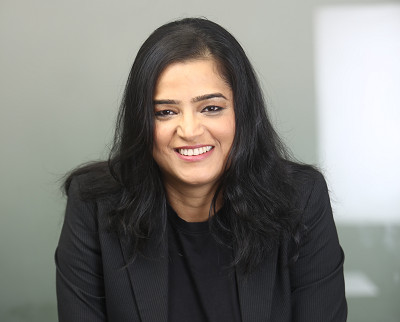
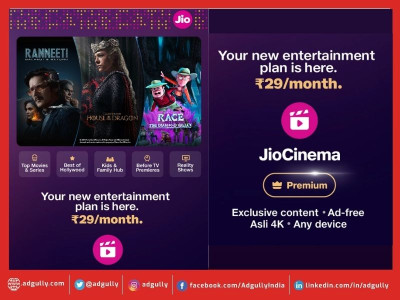






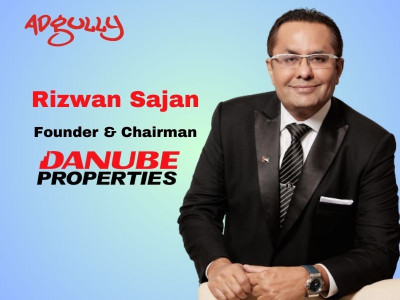
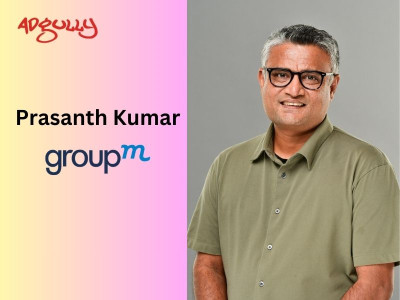
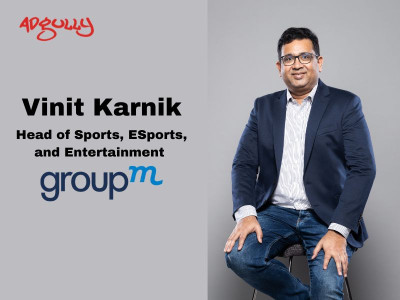
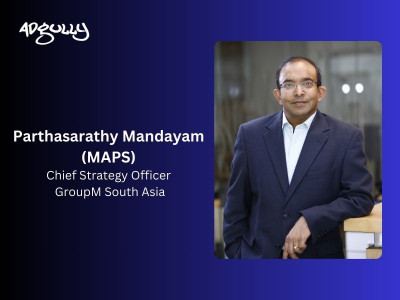
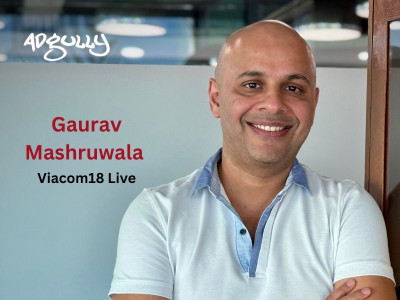


Share
Facebook
YouTube
Tweet
Twitter
LinkedIn